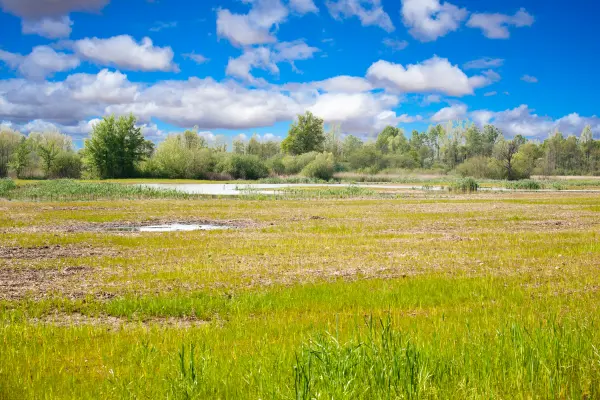A new report released on the heels of COP28 underscores not only the necessity for environmental sustainability but also presents an economic boon: accelerating the global transition to a low-carbon future. Data from NGFS (Network for Greening Financial Systems)—a collective comprised of 127 central banks and financial supervisors—supports this notion: it reveals that such a shift is indeed imperative for our economy.
Since 2017, the NGFS has maintained dedication to climate risk management and promotion of green investments; it aligns with the goals of the Paris Agreement. Recent climate scenarios—endorsed by international organizations like The Intergovernmental Panel on Climate Change and The International Energy Agency—propose substantial economic benefits in swiftly transitioning towards a net-zero economy.
The IMF‘s Climate Change Indicators Dashboard highlights a key finding: if we structure our transition to net zero by 2050, it could boost the global gross domestic product (GDP) by 7% compared to maintaining current policies. This optimistic projection comes in light of warnings from the World Meteorological Organization; they predict that this year will likely break heat records and see average temperatures soaring over 1.2 degrees Celsius above those of pre-industrial times.

The ‘Green Returns’ infographic compellingly visualizes the economic ramifications of transitioning to a net-zero carbon economy by the year 2050. It illustrates a clear upward trajectory in the potential global GDP benefit when compared to a reference scenario with no transition. The bars represent the net GDP benefit broken down into two components: the lighter blue bars indicate the avoided chronic damages, while the darker blue bars represent avoided acute damages. Both types of avoided damages contribute positively to the GDP benefit, increasing substantially over time. Meanwhile, the red bars at the bottom of the graph denote the costs associated with mitigation policy, which are relatively small in comparison to the benefits gained.
The line graph superimposed on the bar chart shows the cumulative net GDP benefit, which steadily climbs from 2025 and accelerates after 2040. This trend suggests that initial investments and policy measures, while costly, are likely to be offset by the significant economic benefits of reducing both acute and chronic climate-related damages.
Transitioning to a low-carbon economy
Identifying droughts and heatwaves as primary economic and financial risks, the report underscores their varying impacts across regions: Europe and Asia are particularly susceptible to heatwaves, while Africa, along with North America, and the Middle East, face escalated drought risks.
Notably, challenges such as the rise in carbon prices and energy costs are involved when transitioning to a low-carbon economy. The NGFS suggests mitigating these issues by reinvesting carbon revenues into government investments and reducing employment taxes; crucially, this strategy not only reduces emissions but also minimizes climate change’s physical impact—thereby diminishing macroeconomic costs.










